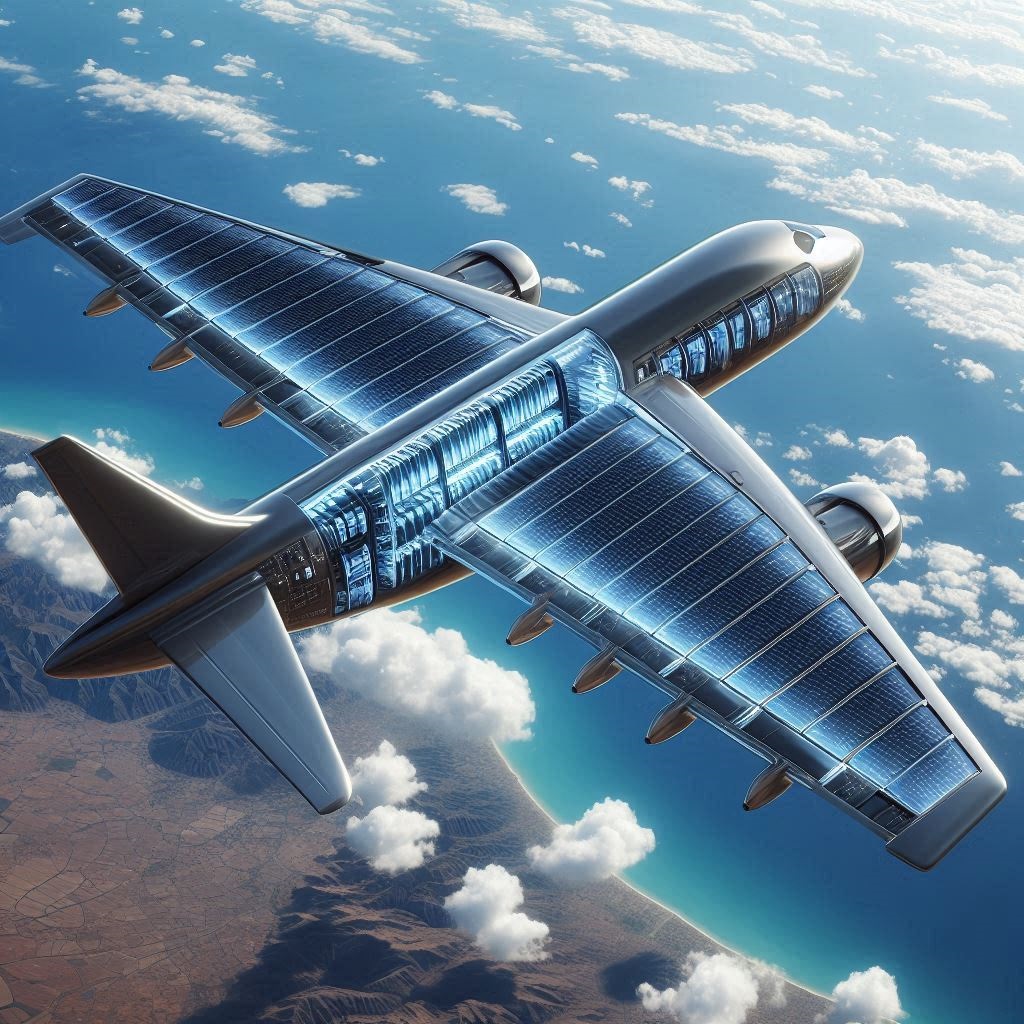Tech
China’s CATL Plans 1,800-Mile Electric Plane Launch by 2027

Chinese battery manufacturer Contemporary Amperex Technology Co Ltd (CATL) has provided an exciting update on its ongoing partnership project focused on developing electric manned aircraft.
This ambitious project aims to significantly advance the electric aviation industry, promising to deliver remarkable performance and range for civil aircraft.
CATL has been working on a groundbreaking innovation in the field of electric aviation. The company’s efforts have already yielded successful results, as demonstrated by the recent test flight of a 4-ton electric plane powered by CATL’s ultra-high energy density battery. The results of this test mark a significant milestone in the development of electric aviation technology.
Unveil an 8-ton civil electric aircraft by 2028
Looking ahead, CATL has set its sights on an even more impressive goal. By 2028, the company expects to unveil an 8-ton civil electric aircraft capable of achieving a flight range of approximately 1,200 to 1,800 miles (2,000 to 3,000 kilometers).
This development is anticipated to be a major leap forward for the sector, potentially transforming the future of civil aviation.
Zeng Yuqun, the founder of CATL, revealed that the company has already conducted test flights with a 4-ton civilian aircraft utilizing their new battery technology. The samples and panel line product have already been integrated into planes, demonstrating the feasibility and readiness of this innovation.
Developing a new generation of sodium-ion batteries
In addition to its advancements in electric aircraft, CATL is also developing a new generation of sodium-ion batteries. Zeng announced that these innovative batteries are expected to be released next year, highlighting the company’s commitment to pioneering new technologies in the energy sector.

Tech
Scientists Create Drone with Fiber Optic “Nervous System” for Smarter Flight

Technology is advancing rapidly, with scientists constantly pushing boundaries. Now, researchers from Southampton have developed a unique drone equipped with its own “nervous system.”
This breakthrough allows the drone to process information and respond to its surroundings more like a living creature, making it faster and more adaptable than ever before.
China Set to Debut New J-35A Stealth Fighter at Zhuhai Airshow
Scientists at the University of Southampton have pioneered a groundbreaking development in drone technology by equipping a drone with its very own “nervous system.” This innovative system, made of fiber optics, enables the drone to function with greater autonomy and efficiency.
Unlike traditional drones, this technology allows the drone to operate for longer periods without needing frequent stops for manual inspections, drastically improving its operational capabilities.
Comparison of the Indian built Tejas MK1A vs South korean FA 50
Developed by Dr. Chris Holmes and Dr. Martynas Beresna from Southampton’s Optoelectronics Research Centre, the drone’s “nervous system” works by using optical fibers to monitor its condition in real-time.
These fibers detect stress and potential faults, sending data back to the ground team, allowing them to spot issues without interrupting the drone’s flight. The system uses a process called optical speckle, which projects images to assess the drone’s status, all while being supported by AI algorithms that interpret these signals for the ground crew.
Initially designed to deliver life-saving equipment like defibrillators in emergencies, this technology has shown promise in enhancing the drone’s longevity and reducing the need for extensive ground crew involvement.
This is especially crucial as the drone industry is projected to contribute up to £45 billion to the global economy by 2030, particularly in sectors like logistics and transportation. The University of Southampton’s team believes that the new system will revolutionize drone operations, making them more reliable, safer, and cost-effective for commercial use.
The technology, which has already been successfully tested on a drone developed by university undergraduates, is set to be commercialized by 2025, with the university’s Future Worlds acceleration programme providing vital support for its development.
-

 Aviation2 months ago
Aviation2 months agoMicrosoft Flight Simulator Raises $3 Million to Bring Back the An-225 Mriya
-

 Airlines2 months ago
Airlines2 months agoQantas Engineers Stage Walkout Over Cost of Living Concerns
-

 Airlines2 months ago
Airlines2 months agoQatar Citizens Can Travel to the United States Without a Visa
-

 Aviation2 months ago
Aviation2 months agoQatar Airways bans these new Electronic Devices on plane
-

 Airlines2 months ago
Airlines2 months agoJapan Airlines Rolls Out Free Domestic Flights to International Passengers
-

 Defence2 months ago
Defence2 months agoWhich Country Has the Largest Fleet of Fighter Aircraft?
-

 Airport2 months ago
Airport2 months agoWestern Sydney Airport Welcomes Its First Plane After 6 Years of construction
-

 Aviation2 months ago
Aviation2 months agoDid you know ? Once Boeing 747 carried 1088 passenger in 1991








